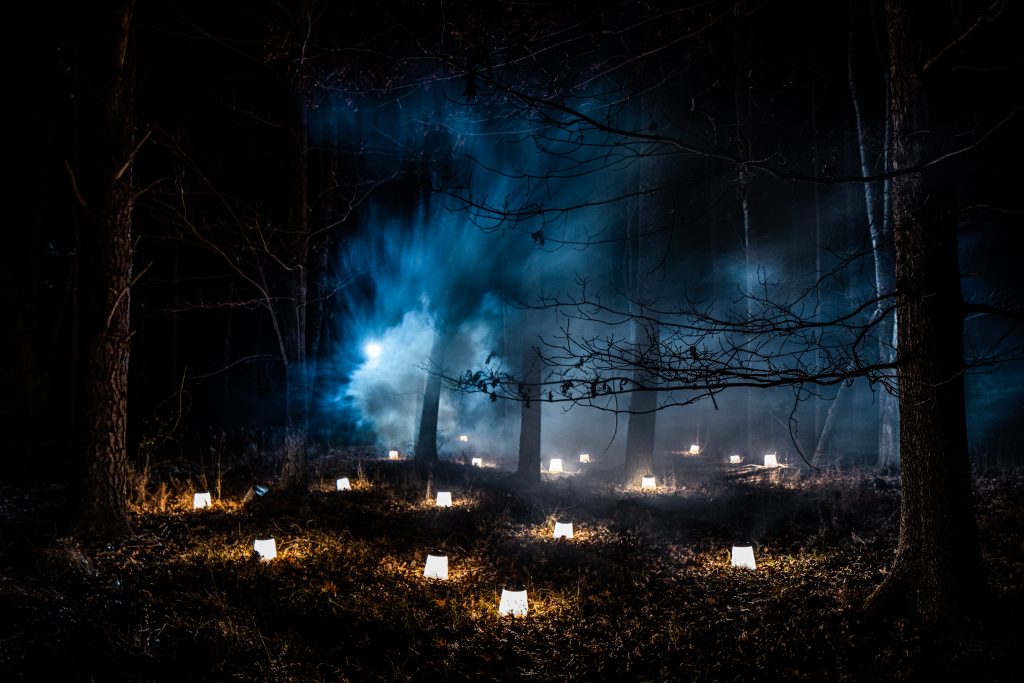Foscarini’s Ritratti Catalog
The Italian lighting company has taken a non-traditional approach to their latest catalog, and the results are striking
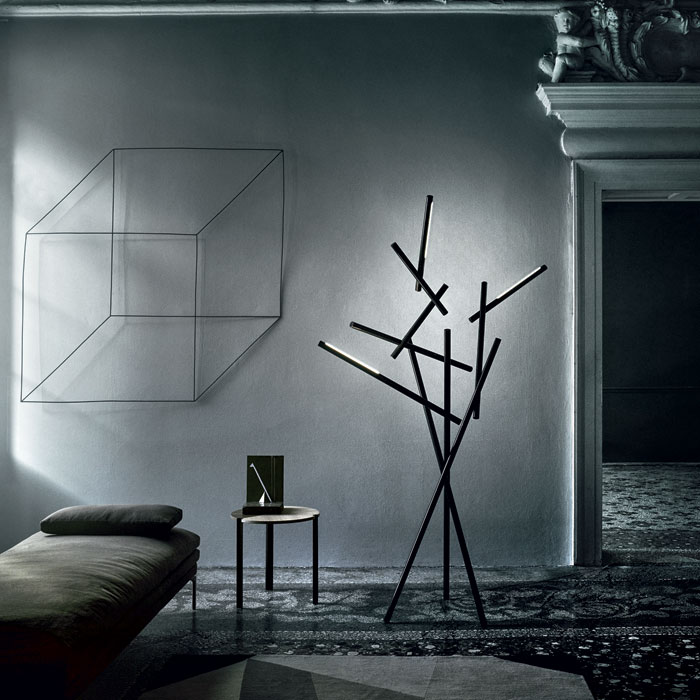

Italian lighting company Foscarini is known for its innovative lamp designs and history of creative collaborations. The brand (which turned 30 last year), has been creating catalogs for its products since 1990, but recently changed it up a little; aiming to explore new ways of expressing the brand’s message.
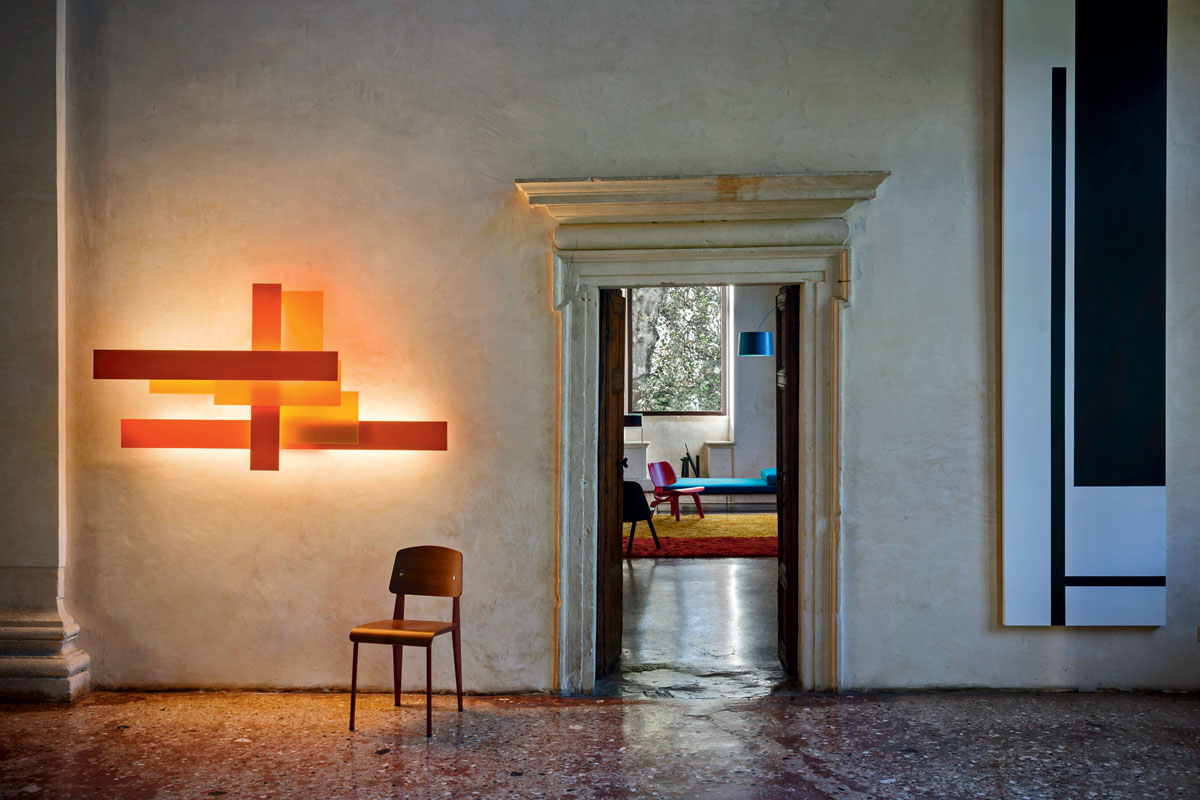
The result is two new catalogs from the company: one that focuses on the technical aspects of its designs, and another that aims to draw attention to the beauty of the products themselves. Foscarini co-founder Carlo Urbinati stated, “We don’t just sell items, we sell design concepts,” as the idea behind the new design catalog when the company recently unveiled it in Venice.

Named “Ritratti,” the design-focused publication showcases the works of three different photographers—Andrea Ferrari, Kasia Gatkowska and Tommaso Sartori—who shot a number of Foscarini’s most design-forward lamps, including the Caboche and Lake, in a variety of locations. Among them was the Venetian Arsenal, where the stylist and photographer didn’t sleep for three days in order to catch the perfect light at dusk and dawn. The resulting photos are dramatic, cinematic and moody.
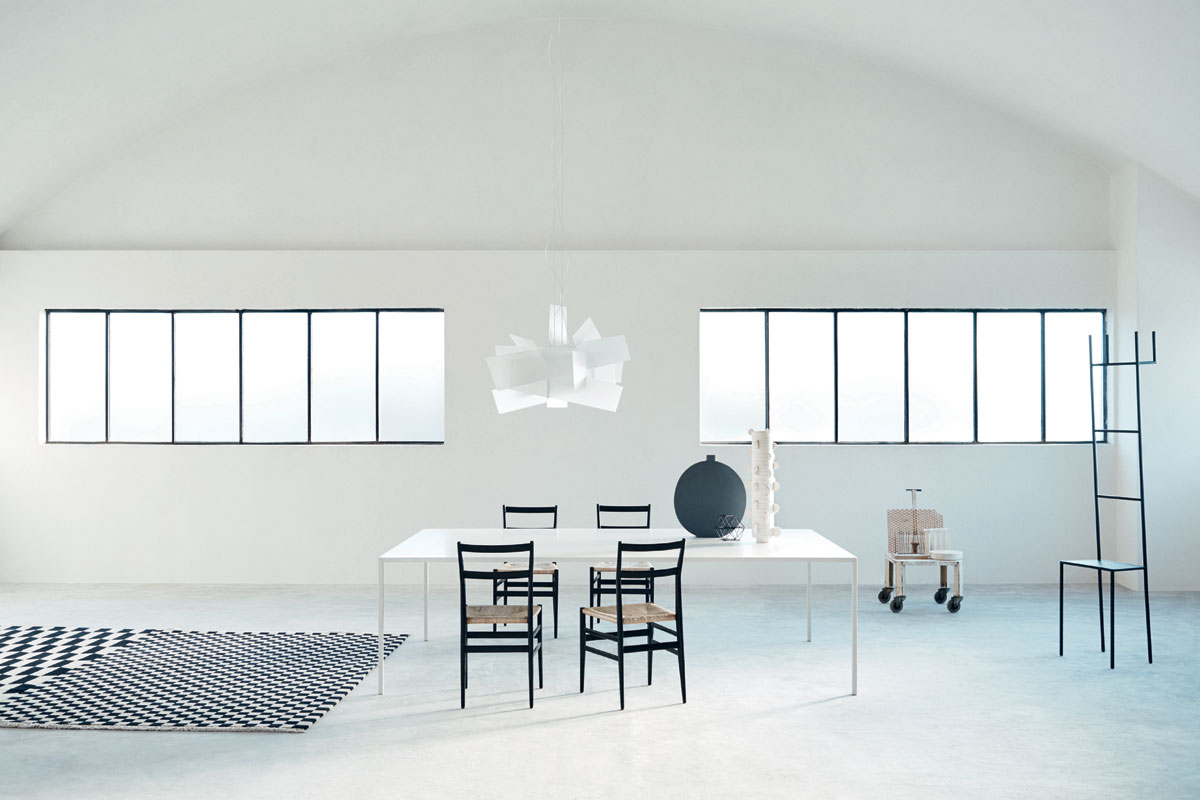
Other images show the lamps in more traditional interior settings, but the absence of captions makes sure the attention is focused on their design, rather than on more technical aspects such as size and price. By removing what is seemingly a small amount of information, the impact is vast. Cast as art rather than objects for sale, the images leave a lasting impression.
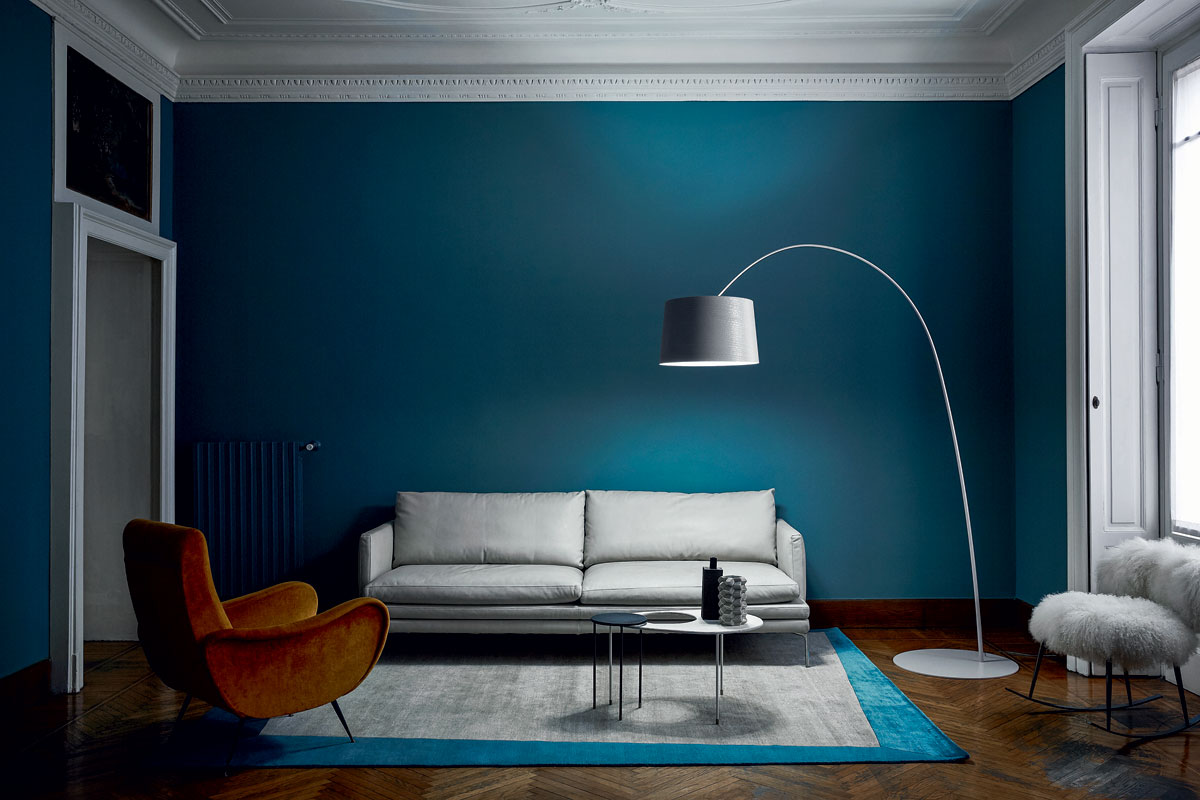
The initiative’s end result is more like a coffee table book than a lighting catalog, and “Ritratti” will doubtlessly work well as an introduction for anyone who’s interested in Foscarini’s designs—and as an example of how to reinvent the traditional way of displaying products for retail.
Images courtesy of Foscarini


